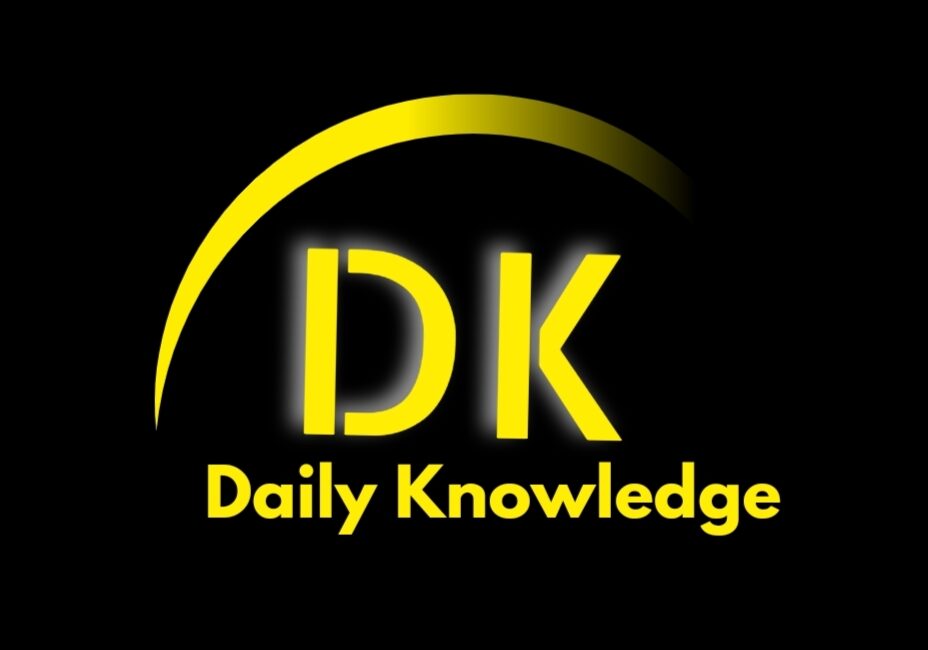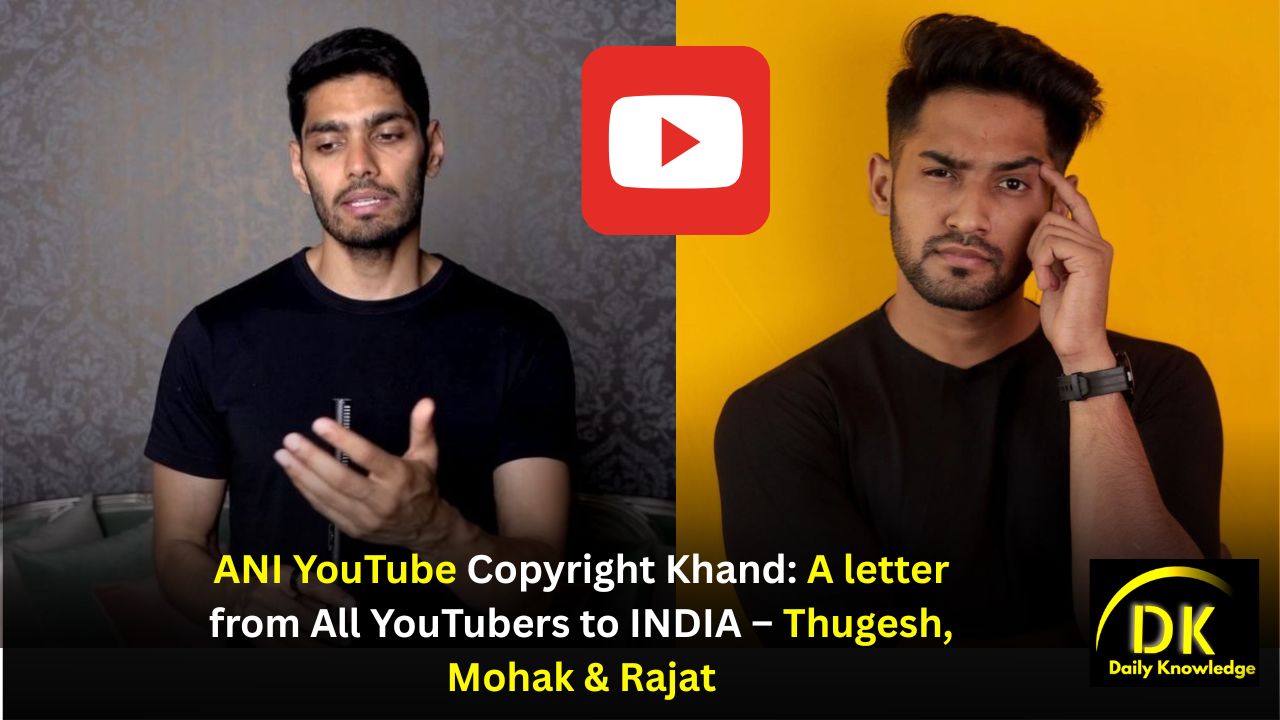Indian YouTubers vs ANI, Thugesh channel deleted after ANI copyright strikes: Discover how Indian YouTubers like Mohak and Rajat are fighting back for fair use and copyright law reform in India. Indian YouTubers copyright, Indian YouTubers open letter. ANI YouTube Copyright Khand: A letter from All YouTubers to INDIA – Thugesh, Mohak & Rajat.
Introduction: ANI YouTube Copyright Khand
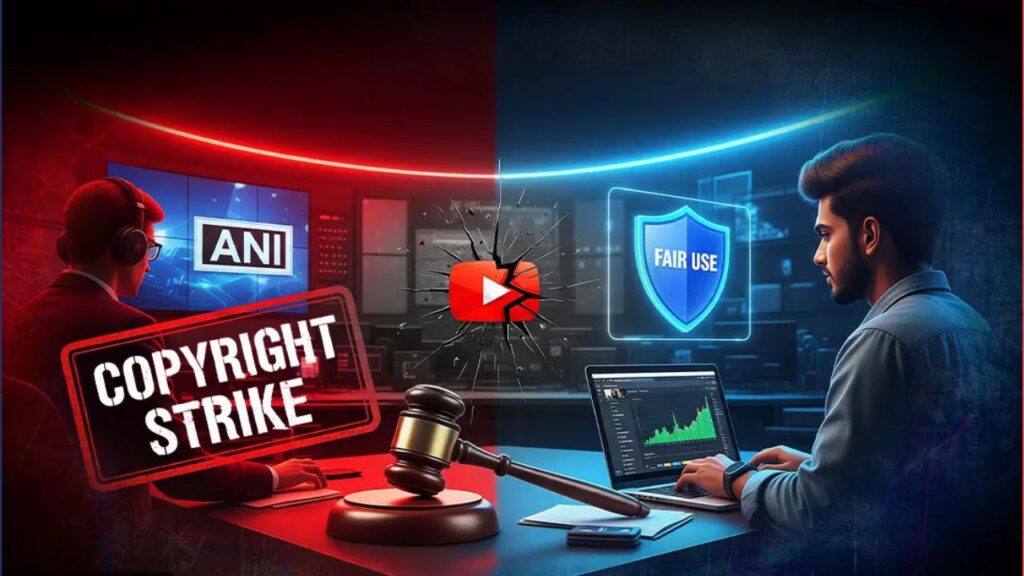
In recent months, the Indian YouTube community has been rocked by a wave of copyright strikes, with prominent creators like Thugesh, Mohak Mangal, and Rajat Pawar facing threats of channel termination.
The culprit: aggressive copyright claims from news agency ANI, which has demanded exorbitant sums from creators for using short news clips—even when these uses arguably fall under “fair use” or “fair dealing” provisions in Indian law. This crisis has united YouTubers across the country, prompting an unprecedented open letter to India, calling for urgent reform and protection of digital creativity.
The Recent Copyright Crisis on Indian YouTube: How It All Began
The controversy began when ANI, a major Indian newswire, started issuing copyright strikes against YouTubers for using snippets of its news footage. Some creators received demands for licensing fees as high as ₹48 lakh per year, plus GST, to keep their channels safe from deletion. Even a few seconds of footage in a long-form video could trigger a strike.
In May 2025, the Indian YouTube community was shaken by a wave of copyright strikes initiated by Asian News International (ANI).
- ANI began issuing copyright takedown notices to creators for using even short snippets—sometimes as little as 9 seconds—of news footage in their videos.
- Demands for licensing fees ranged from ₹15 lakh to ₹48 lakh per year, putting immense financial pressure on creators.
- The controversy highlighted a lack of transparent licensing guidelines and exposed creators to sudden threats of channel deletion.
- Many YouTubers, including those focused on news, commentary, and satire, found themselves at risk of losing their channels overnight.
Thugesh Channel Deleted: The Impact of ANI Copyright Strikes

The deletion of Thugesh’s channel became a rallying point for the Indian creator community.
- Thugesh, known for commentary and satire, faced multiple copyright strikes from ANI, leading to the removal of his channel.
- The strikes were issued for brief uses of news footage, which Thugesh and others argued should be protected under fair use.
- The incident underscored the vulnerability of creators to copyright enforcement and the lack of recourse when facing large media organizations.
- Many creators expressed fear that their years of work could be erased in days due to aggressive copyright claims.
Mohak Mangal, Rajat Pawar, and the Ripple Effect on Indian Creators
Prominent creators like Mohak Mangal and Rajat Pawar became symbols of resistance against what they called “extortionary” copyright practices.
- Mohak Mangal received strikes for using 9 and 11-second ANI clips in videos that were otherwise original and transformative.
- He was asked to pay ₹48 lakh to remove the strikes and restore his channel.
- Rajat Pawar and several smaller creators reported similar experiences, with some being forced into expensive licensing agreements to avoid losing their channels.
- The controversy led to a wider conversation about the rights of digital creators and the need for fair, transparent copyright enforcement.
Understanding Fair Use and Copyright Law for Indian YouTubers
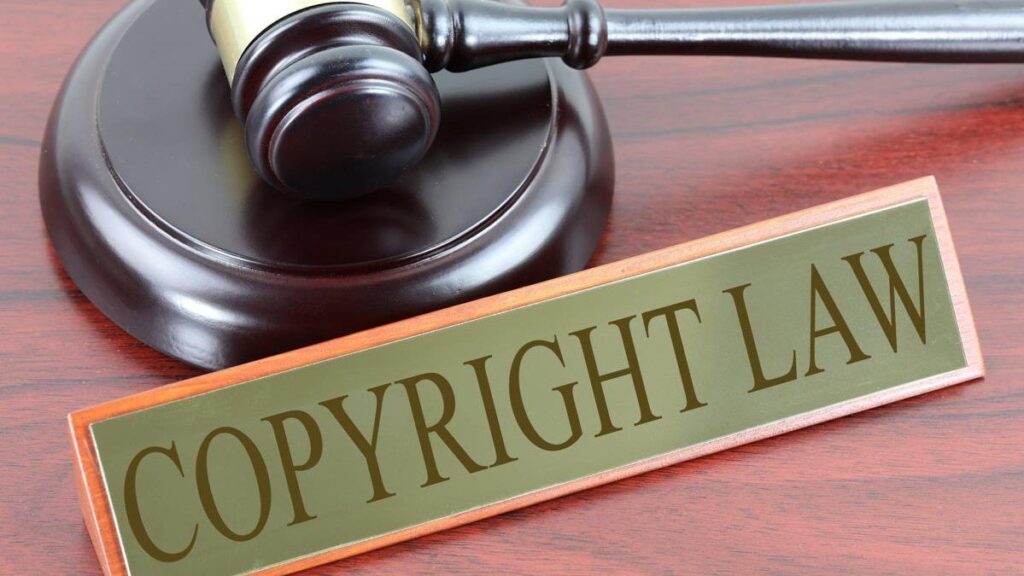
The core of the debate is the interpretation of fair use (or “fair dealing”) under Indian copyright law.
- Section 52 of the Indian Copyright Act allows for limited use of copyrighted material for criticism, comment, news reporting, and research.
- However, the law does not specify exact limits on duration or context, leading to a grey area exploited by copyright holders.
- YouTubers argue their use of news footage is transformative and non-competing, thus qualifying as fair use.
- The lack of clear guidelines leaves creators exposed to arbitrary enforcement and legal threats.
YouTube’s Three-Strike Policy: Threat to Digital Creators in India
YouTube’s copyright policy compounds the problem for Indian creators.
- Under YouTube’s rules, three copyright strikes within 90 days result in channel termination within a week.
- This “death clause” gives copyright claimants immense leverage, forcing creators to pay up or lose their livelihoods.
- YouTube often claims neutrality but has intervened in select cases, adding to the confusion and inconsistency in enforcement.
- Creators are left with little time to dispute claims or seek legal recourse before their channels are deleted.
ANI’s Copyright Claims: Extortion or Protection of Intellectual Property?
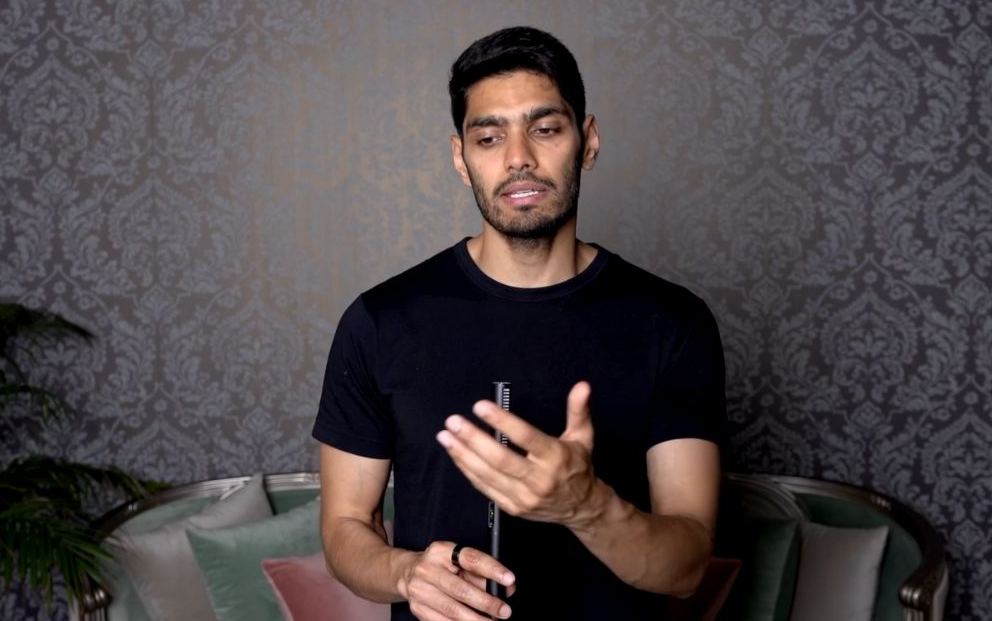
ANI defends its actions as lawful protection of its intellectual property, but many creators see the demands as extortionate.
- ANI has not denied demanding large sums—sometimes up to ₹48 lakh—for licensing its footage.
- The lack of pre-set rates and hidden licensing terms have led to accusations of “daylight extortion” from the creator community.
- Some creators have paid the demanded sums to save their channels, while others have gone public with their struggles.
- The incident has sparked calls for greater transparency and fairness in copyright enforcement.
Indian YouTubers Unite: An Open Letter to the Government and YouTube
The crisis has united Indian YouTubers in an unprecedented call for reform.
- Creators have written open letters to the Prime Minister’s Office and the Ministry of Information & Broadcasting, seeking intervention.
- The demands include clear fair use guidelines, transparent licensing rates, and protection for digital creators from arbitrary strikes.
- Many have urged YouTube to take a more active role in protecting its creator base and mediating disputes.
- The movement has gained support from digital rights activists and the broader online community.
Why Copyright Law Reform Is Urgently Needed in India?
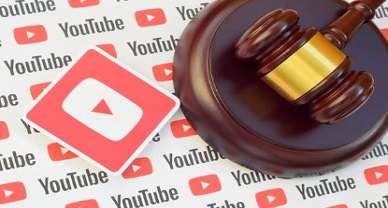
The outcome of this battle will shape the future of digital content in India. If unchecked, aggressive copyright enforcement could stifle independent journalism, satire, and commentary—key pillars of a healthy democracy. The current crisis exposes the urgent need for balanced copyright laws that protect both original creators and the public’s right to information.
The ongoing crisis highlights the urgent need for copyright law reform in India.
- Current laws lack clarity on fair use, leaving creators vulnerable to aggressive enforcement and legal uncertainty.
- The digital content landscape has evolved, but regulations have not kept pace with the realities of online creation and commentary.
- Reform is needed to balance the rights of copyright holders with the public interest in news, commentary, and creative expression.
- Without change, India risks stifling its vibrant digital creator ecosystem.
How YouTubers Can Protect Their Channels from Copyright Strikes
While the legal and policy battles continue, creators can take steps to safeguard their channels.
- Use only the minimum necessary footage and always credit sources.
- Transform the content by adding commentary, analysis, or satire to strengthen fair use claims.
- Respond promptly to copyright strikes and dispute them if you believe your use is fair.
- Stay informed about copyright law developments and YouTube policy changes.
- Collaborate with other creators and advocacy groups to push for systemic change.
The Future of Indian YouTube: Safeguarding Creativity and Free Speech
The outcome of this battle will shape the future of digital content in India.
- If unchecked, aggressive copyright enforcement could silence independent journalism, satire, and commentary.
- A balanced approach is needed to protect both original creators and the public’s right to information.
- The unity and activism of Indian YouTubers offer hope for meaningful change and a more equitable digital landscape.
- By standing together, creators can ensure that creativity, free speech, and fair use remain at the heart of Indian YouTube.
Conclusion
The current copyright crisis is a defining moment for Indian digital creators. As YouTubers unite in their call for reform, the hope is that lawmakers, platforms, and the public will recognize the importance of fair use, transparency, and creative freedom. Only then can India’s vibrant online community continue to thrive—without fear of arbitrary strikes or financial ruin.
